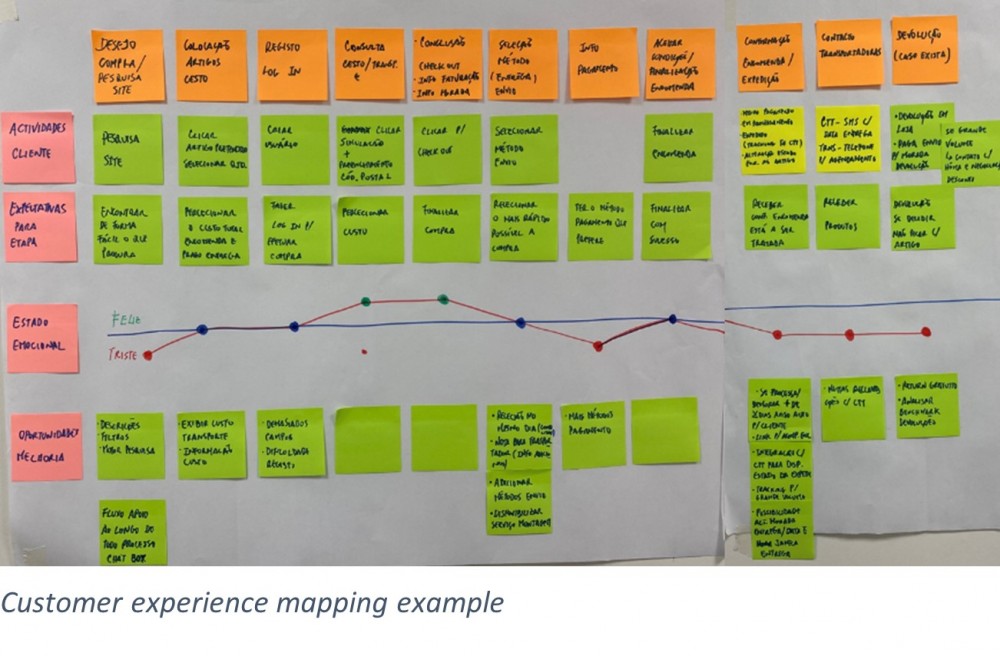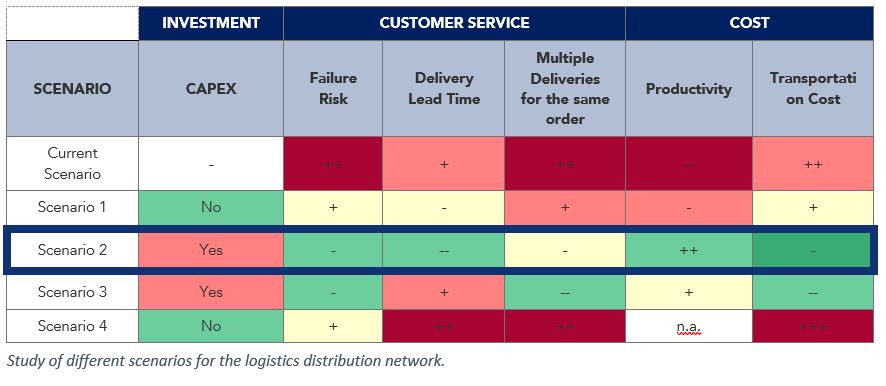The transition to online retail was inevitable for most retailers in response to consumer demand for multi-channel access to products. Embracing ecommerce expands the audience retailers are able to reach by removing geographic restrictions and attracting different customers.
However, going online doesn’t just bring benefits. Retailers are also facing an increase in the complexity of their distribution, an increase in operational costs, and growing consumer demand for convenience and speed. Therefore, to deliver value and win over consumers, it’s necessary to view supply chains as a competitive advantage and optimise them in terms of profitability and service levels.
The company
One of the leading players in the decoration and home articles sector with a focus on design and quality products at an affordable price. The business encompasses a network of more than 36 physical shops and an online shop with more than 650 collaborators. Operating for over 20 years, it achieved a turnover of €80 million in 2020.
The challenge
Given the growth prospects of the business volume in the ecommerce platform, the company felt the need to analyse its customers’ purchase journey as well as the operations related to it. The analysis was intended to design a business and operational model capable of handling the expected growth in orders which would contribute to an increase in ecommerce sales and to the reduction of costs by improving productivity.
In this context, a multidisciplinary project team was created with elements from different business departments: shops, supply chain and marketing.
The approach
To meet the proposed challenge, the team started by analysing existing processes and tasks. This allowed the identification of the potential for improvement, or the need to create new processes, leading to the design of the solutions.
Causes, analysis and solutions design
Communication and website experience improvement
To analyse the opportunities for improvement during the purchase process, customer journey mapping was used. This exercise made it possible to identify the critical points that affect the customer experience and define solutions that contribute to a more satisfactory purchasing experience.
The designed solutions ensure a better communication flow between the customer and the retailer as the customer is now informed of all the stages of the order by email and text. In addition, the options of payment methods were expanded and new additional services to the purchase, such as furniture assembly, were made available. With the goal of improving service personalisation, a recommendation algorithm for complementary products was developed.

The structure of the website was also adapted to reflect the journey at the physical shop, thus ensuring a coherent omnichannel experience.
Supply chain optimisation
The delivery methods presented to the customer depend on the stock available and the type of product. To ensure the profitability of the logistics operation required for the different types of delivery, it was important to rethink the distribution network. For this purpose, different scenarios were studied including distribution centres, dark stores, and cross-docking points, among other solutions.

The solution chosen was one that, despite requiring some CAPEX investment, delivered a better customer experience and reduced operational costs.
The orders are shipped directly by suppliers to a dark store, or through a distribution centre for cross-docking. In the dark store, the orders are consolidated and shipped to the customer, and the fleet is assigned according to the volume of the orders to distribute. Outside the route are items which, by exception, are delivered separately from the remaining order.
Continuous improvement of online operations
To ensure the continuous improvement of the service provided within the online operation, some team dynamics were created, supported by business indicators, which promote the close monitoring of the operation’s results and contribute towards the quick problem solution. This way, it’s possible to ensure that the operation meets the dynamics of consumer demand.
Results
Considering the work done, the retailer concerned expects to achieve additional growth to that which would be expected organically for ecommerce if no improvement had been made. For an additional 10-15% increase in ecommerce sales, the cumulative increase in gross margin at the end of three years will be €450-550k.
In addition to the financial benefits, this retailer’s operations are now ready to operate under different demand and mix scenarios, and the customer experience in the online shop is aligned with industry benchmarks.
#retail #operations
See more on Retail
Find out more about transformation in this sector
See more on Operations
Find out more about improving this business area
